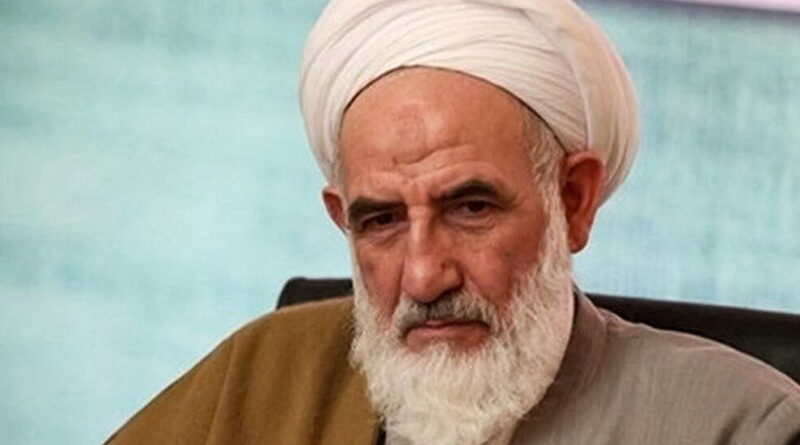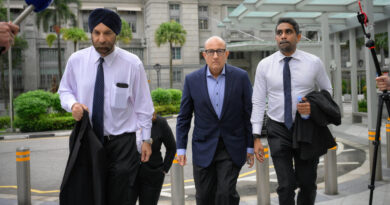High-Ranking Iranian Cleric Gunned Down by Bank Guard
[ad_1]
A senior Iranian cleric and member of a powerful government committee was shot and killed by a security guard at a bank in the northern province of Mazandaran on Wednesday, according to the Iranian authorities.
In CCTV camera footage shown on the Iranian news media, the cleric, Ayatollah Abbas Ali Soleimani, is seen sitting on a chair in the bank when the security guard casually approaches him from behind, points his rifle at his head and fires a shot.
Ayatollah Soleimani, 75, slumps in the chair, his white turban knocked to the floor, as the guard calmly wanders to the side.
Strangely, nobody comes immediately to the cleric’s aid, and the room remains rather calm. Two men grab the security guard and wrestle away his gun, then seem to let him slip away. The authorities said he was later apprehended.
The shooting appeared to target only the cleric, and no other injuries were reported.
“So far, our information and documents indicate that this was not a security or terrorist act,” Mohammad Hosseinipour, the governor of Mazandaran, said on state television, adding that “the assailant shot randomly and did not really know Ayatollah Soleimani.”
The attack jarred Iran’s clerical establishment, which has faced months of protests and public fury demanding an end to its rule. President Ibrahim Raisi called for an immediate investigation into the motives of the assassin and into whether there were accomplices.
Ayatollah Soleimani was a member of the powerful Assembly of Experts, an 88-member clerical body that supervises the country’s supreme leader and, should the need arise, names a successor. He had served for 17 years as the appointed representative of Iran’s supreme leader, Ayatollah Ali Khamenei, to the province of Sistan and Baluchestan, and as a leader of Friday Prayer in several cities.
While gun violence is rare in Iran, and the motive of the assailant was not yet clear, targeted harassment and attacks on clerics have been on the rise in the past year. The uprising against clerical rule was set off by the death in custody of a 22-year-old woman, Mahsa Amini, who had been detained for allegedly violating Iran’s hijab laws.
Shia clerics are viewed as symbols of the Islamic Republic’s theocracy, and many Iranians blame them for the country’s considerable problems, among them social oppression, discrimination against women, corruption and the dire state of the economy.
In the protests, which rocked Iran from September to January, some young men and women started a campaign known as “turban tossing,” in which they would snatch a cleric’s turban, toss it to the ground and post a video on social media. Some seminary students in the city of Qom have told the Iranian news media that they have stopped appearing in public in their clerical garb for fear of being attacked.
“The society is so resentful of clerics that if it sees a gun it will shoot the first cleric in sight,” Mohammad Javad Akbarin, a former clerical apprentice at the Qom seminary turned dissident, said in a Twitter post after the shooting.
Mohammad Ali Abtahi, a reformist cleric and former vice president of Iran, posted a photo on his Telegram channel on Tuesday showing him in his car without his clerical turban. “Not that I don’t have a turban,” he wrote. “It’s on the seat next to me so I don’t get slurs.”
In April 2022 the Fars News Agency, which is affiliated with the Revolutionary Guards Corps, published a list of clerics who have come under assault in the past decade, saying that “the respect for religious clerics has diminished and they face insults.”
In the same month, a Sunni extremist refugee from Afghanistan stabbed three Shia clerics, killing two of them, at a religious shrine in the northeastern city of Mashhad. The attacker was hanged in June 2022.
[ad_2]
Source link

